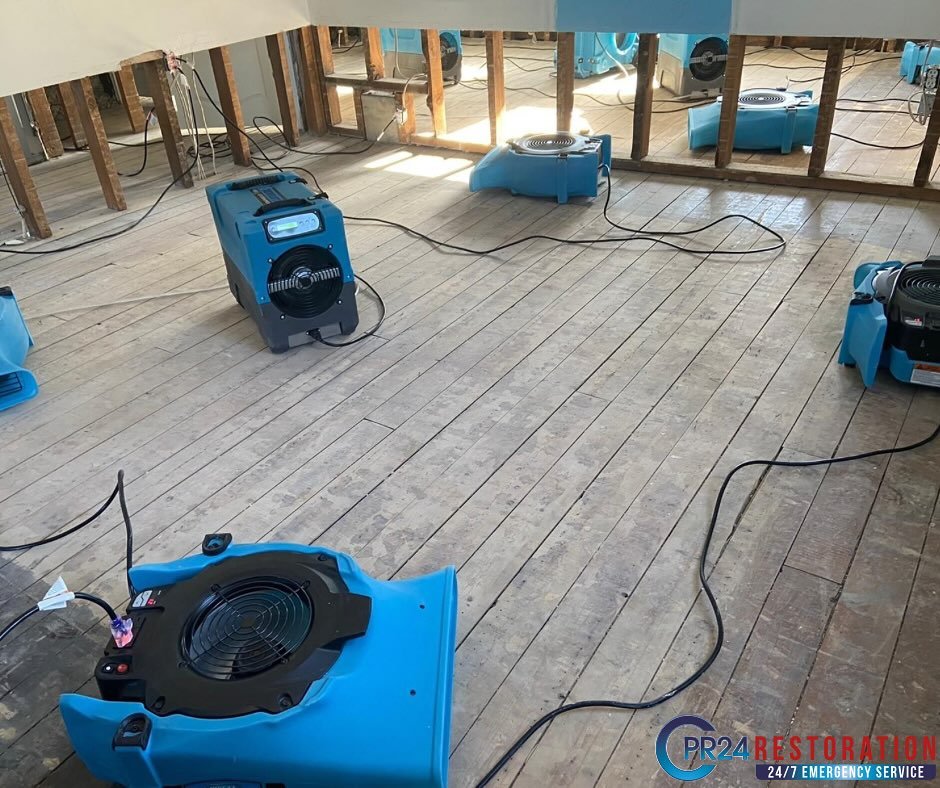Essential Steps to Take After Basement Flooding Toronto
For Toronto businesses and families, basement flooding emergencies can be traumatic and stressful for homeowners. Toronto basement flooding can happen because of extreme weather, like heavy rainfalls. Plumbing issues, burst pipes, or other unexpected events can also cause it. This often causes serious water damage. The City of Toronto basement flooding incidents can leave properties vulnerable to long-term effects if not addressed promptly. This guide explains the important steps to take after basement flooding in Toronto. It also covers water damage restoration projects in Toronto. Following these steps can help reduce lasting damage and ensure a full recovery. Whether you’re dealing with basement flooding in Toronto or other water damage issues, timely action is critical. The key question always ends up being “What to do if a basement floods in Toronto?” Safety First Safety must always come first when dealing with water damage. Examine the circumstances thoroughly to find any possible risks before acting: By putting safety first, you provide a solid basis for the rest of the type of water damage restoration procedure. Recall that it is always preferable to wait for expert assistance when unsure about a situation’s safety. Documenting The Damage Thorough documentation of water damage is crucial for insurance claims and restoration companies’ planning. Follow these steps to create a comprehensive record: To ensure a better recovery, keep organized records during the restoration process. This will help you communicate with insurance companies and repair specialists. Contacting Your Insurance Company Promptly notifying your insurance company is a critical step in the water damage recovery process. Here’s how to navigate this important communication: Maintaining open and frequent communication with your insurance provider throughout the restoration process can help avoid misunderstandings and ensure a smoother claims experience. Water Removal Toronto Process To minimize additional damage and stop secondary problems like mould growth, quick water extraction is essential. How to tackle this crucial stage is as follows: Keep in mind that trying to fix water damage on your own can work for small problems. However, for larger issues, it is often best to hire professional water extraction services. They can remove water completely and help prevent long-term damage. Drying And Dehumidification After water extraction, thorough drying and dehumidification are essential to prevent mold growth and structural damage. Follow these steps for effective moisture removal: Professional water damage restoration services use advanced drying tools and have the skills to create the best drying conditions. This can greatly shorten recovery time and stop further damage. Cleaning And Sanitization Proper cleaning and sanitization are crucial steps in the water damage restoration process, especially when dealing with contaminated water. Here’s how to approach this important phase: Remember, proper personal protective equipment (PPE) is essential when handling cleaning chemicals and potentially contaminated materials. When in doubt about the safety of cleaning certain items or areas, consult with professional restoration services. Preventing Mold Growth This step is crucial if you do not want further stress and issues. Mold can start growing within 24 to 48 hours after water damage. This makes prevention crucial in the restoration process. Follow these steps to minimize the risk of mold growth for peace of mind: By taking these preventive steps, you can greatly lower the risk of mold. This helps avoid health problems and damage to your property from mold growth. Long-Term Monitoring And Maintenance After finishing the quick repairs, it is important to set up a long-term plan. This plan will help monitor and maintain the area. By using these long-term strategies, you can lower the risk of water damage. You will also be better ready to deal with any problems that happen.



